It’s no wonder that the living rooms, kitchens, and bedrooms we grew up with looked very different. They were all filled with gadgets, furniture, and habits that don’t exist anymore. If you’re wondering which ones we’re talking about, this list is a trip through everyday things that used to be everywhere and have now almost completely disappeared.
Rotary Phones

There was a time when making a phone call felt a little like spinning a game wheel. Dialing took time, especially if the number had lots of eights or nines. Rotary phones were the norm for decades, but once push-button models came along, they started fading fast.
VCRs and VHS Tapes
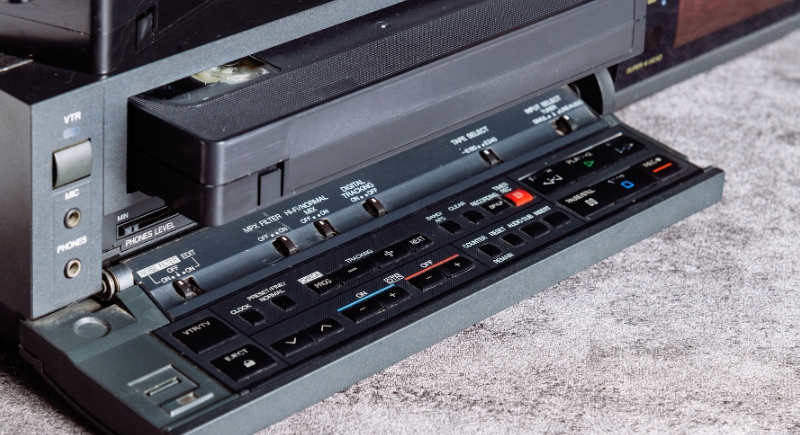
If you grew up in the ’80s or ’90s, you probably remember rushing to the TV to hit “record” on your VCR. VHS tapes gave families the freedom to watch what they wanted when they wanted. But between scratched tapes, bulky storage, and limited quality, they didn’t stand a chance once DVDs hit the scene. Streaming finished the job, and now, most people couldn’t play a VHS tape if they tried.
Cassette Tapes and Walkmans
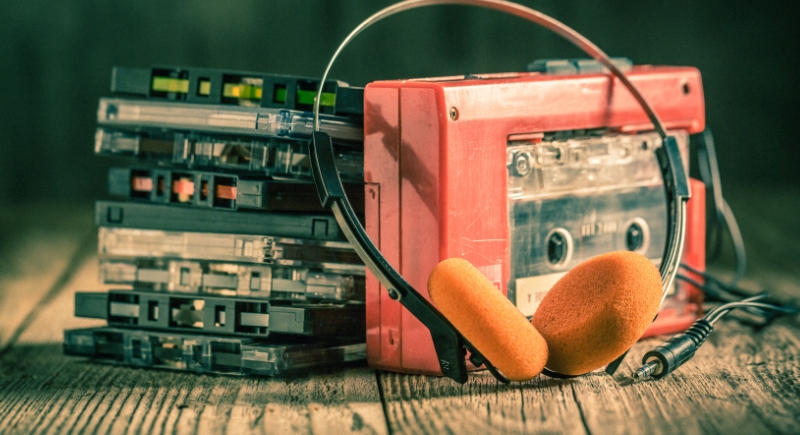
Creating the perfect mixtape was a form of art, and the Walkman made it personal. It was the first time you could take your music on the go without carrying a boombox. Even so, MP3 players and streaming apps offered more space and better sound, so cassette culture ended pretty quickly.
China Cabinets
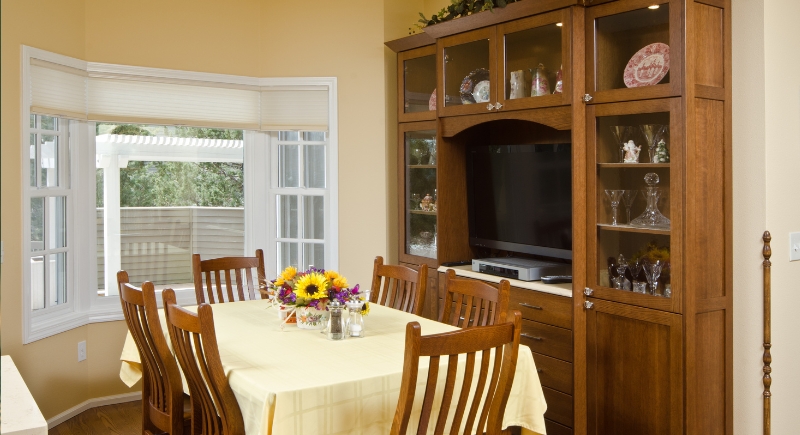
For many families, the china cabinet was the fanciest piece of furniture in the house. It held dishes no one actually used and glassware reserved for “company.” As traditions changed, people started to prefer more practical storage and casual dining. Open shelves, multipurpose cabinets, and minimalist design took over. The tradition definitely lost its shine.
Alarm Clocks
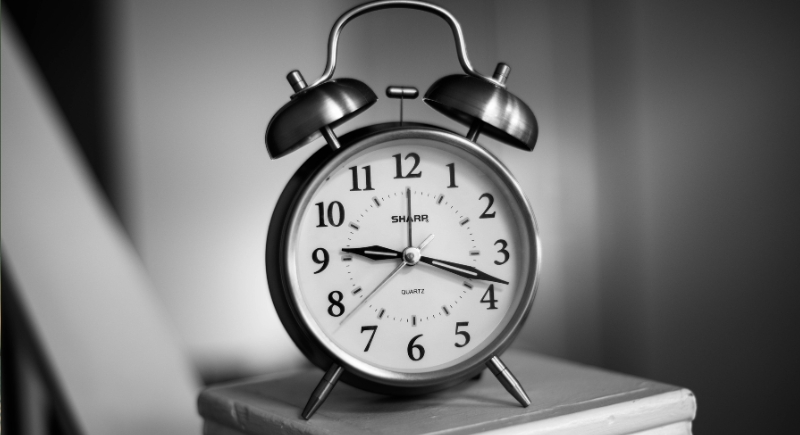
Alarm clocks ruled the bedside table when they buzzed, rang, and played the radio, but once smartphones came along, people stopped needing a separate device. Modern alarms come with custom tones, sleep tracking, and settings you can manage in bed. Traditional clocks still exist, but not with the same purpose as before.
Encyclopedias
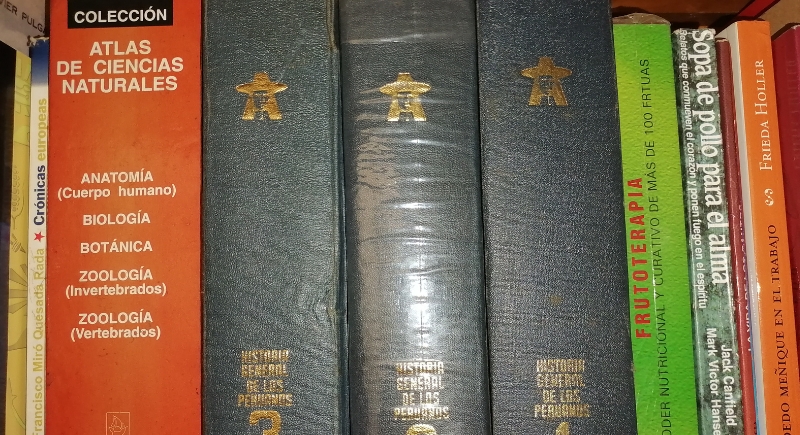
Before the internet took over, encyclopedias were the go-to source for everything—from ancient history to animal facts. Families paid big money for those thick volumes, often through door-to-door sales. Updating them meant buying a whole new set.
Rolodexes
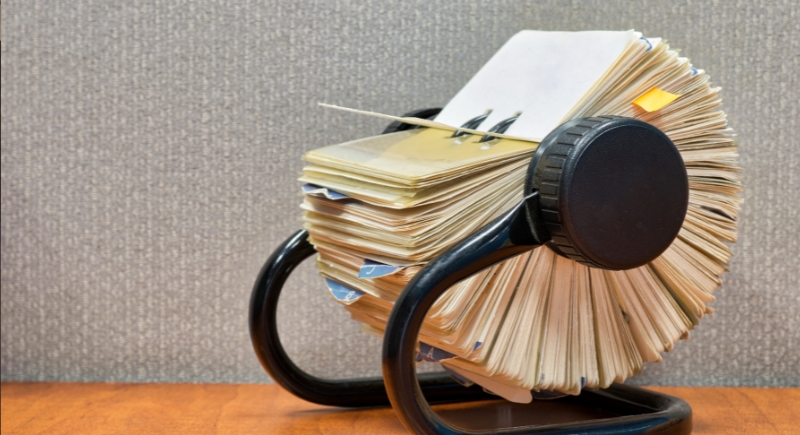
The Rolodex was the gold standard for keeping track of names and numbers. You’d flip through it at your desk like a human search engine. It worked, but it took space and time, whereas digital contacts can sync across devices and update in seconds.
Typewriters
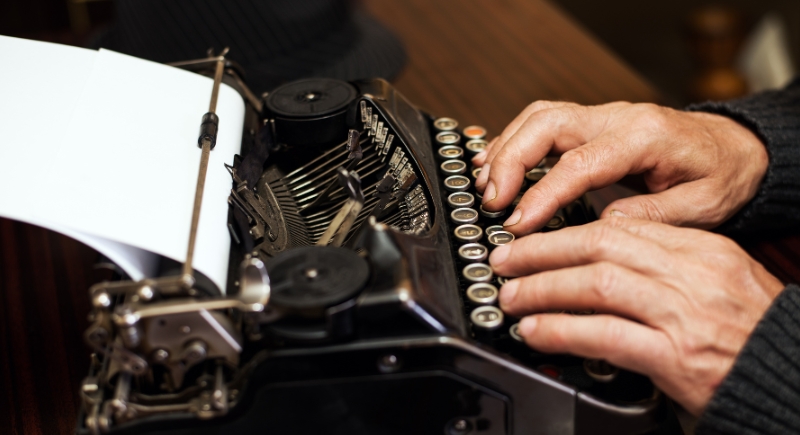
The sound of a typewriter is super satisfying until you make a mistake. These machines had no backspace and zero forgiveness. Writers swore by them for decades, but word processors made things so much easier, and editing, formatting, and saving became instant.
Film Cameras
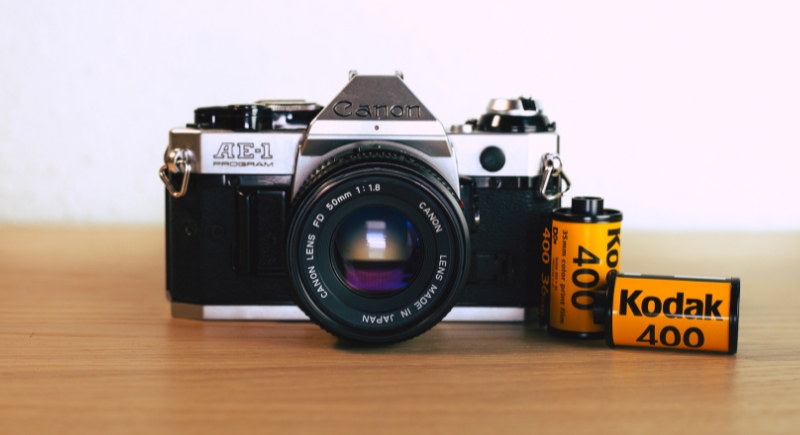
Shooting photos used to mean loading film, taking the shot, and hoping it turned out okay—days later. You didn’t know what you got until the prints came back. Thanks to digital cameras and smartphones, we no longer have to do that.
Ashtrays
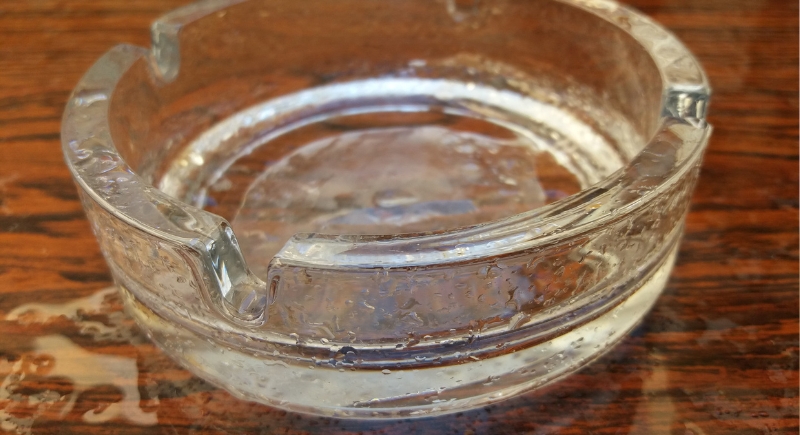
Ashtrays were as common as coffee mugs. Smoking inside was normal, and most households kept them handy. As awareness around secondhand smoke grew and smoking bans spread, ashtrays started disappearing.
Ice Trays

Plastic ice trays were handy kitchen gadgets but not the most convenient, especially when you had to wrestle with them to release the cubes. Once refrigerators with built-in ice makers became standard, ice trays started to vanish.
TV Antennas (Rabbit Ears)
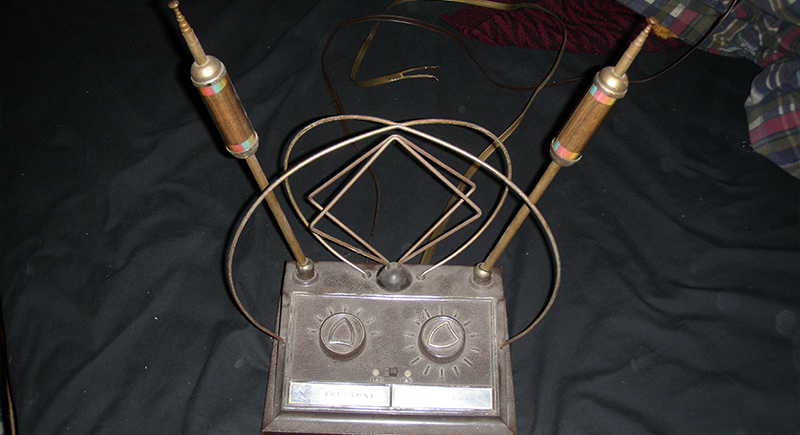
If you wanted to watch TV, you often had to fiddle with rabbit ears to find a decent signal. People wrapped them in foil or angled them just right for a clear picture. Cable replaced antennas for most homes.
Carbon Paper
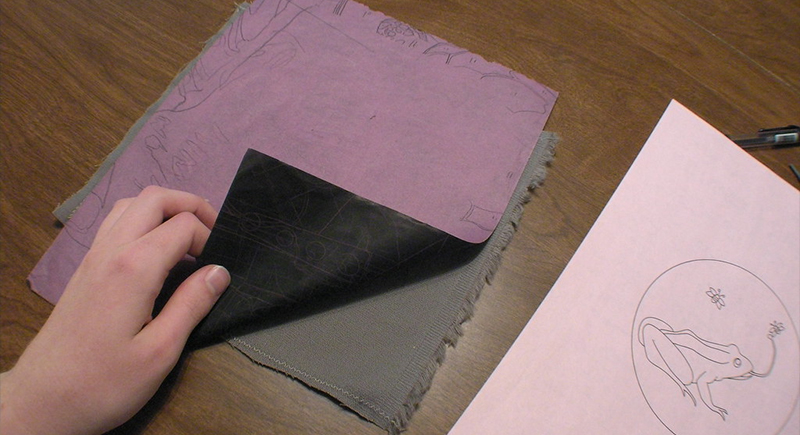
Carbon paper was the only option for when you needed two copies of a document. You stacked it between sheets and pressed hard while writing or typing. It worked, but it smudged easily and left a mess.
Hope Chests
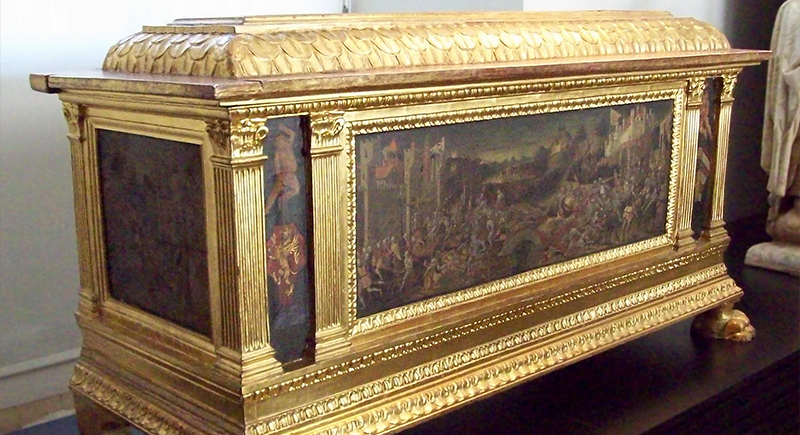
Hope chests once symbolized a young woman’s preparation for married life. Families filled them with linens, heirlooms, and special items meant for the future. Gender roles have come a long way.
CD Racks
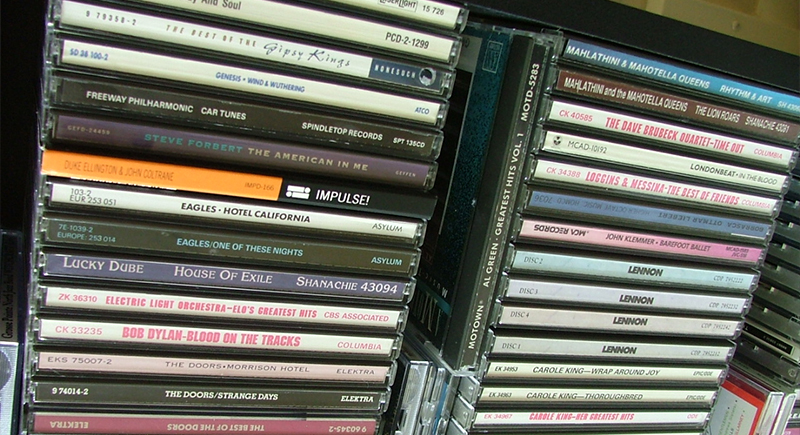
Organizing your CD collection was a personal art project. You could sort by genre, mood, or alphabet, and a CD rack was part of the setup. Streaming libraries gave listeners unlimited access without taking up space, and those towering racks went straight to storage.
Popcorn Makers

Before microwaves made things ridiculously easy, popcorn had its own machine. It often sat on the counter, ready for movie night. You’d hear the kernels pop, and the smell filled the kitchen. Once microwave popcorn hit shelves in the ’80s, it offered a faster, simpler option.
Manual Can Openers
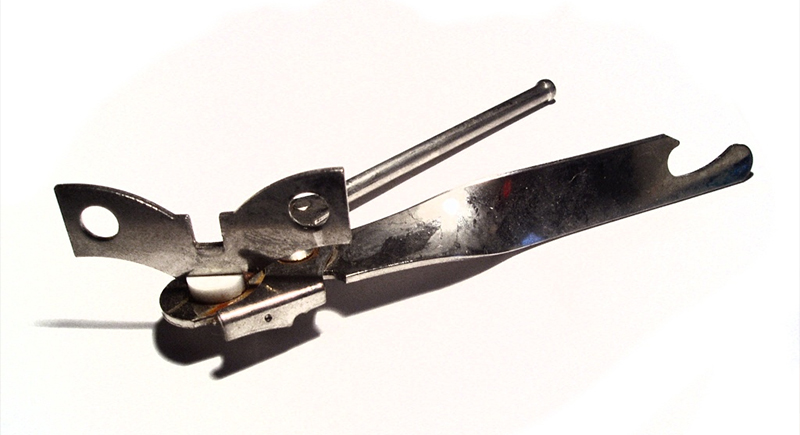
The manual can opener wasn’t glamorous, but it got the job done. You had to crank it around the lid, and sometimes it took real elbow grease. Modern cans open with pull tabs, and electric openers make the rest easier. Manual versions still exist, but they’ve taken a back seat in modern kitchens.
Waterbeds
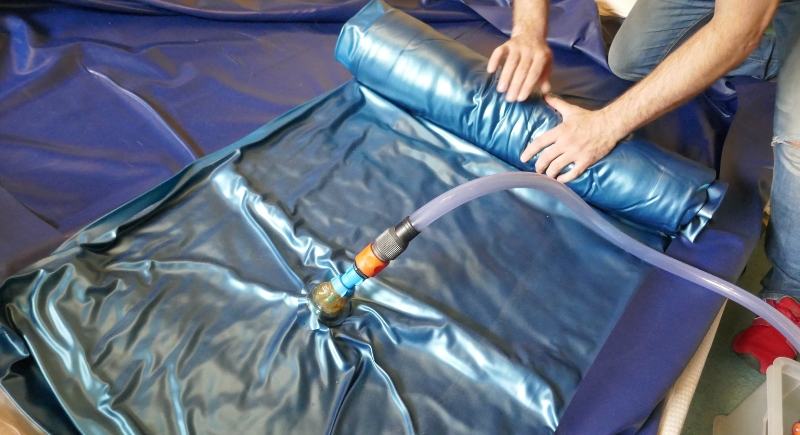
Once considered the height of cool, waterbeds advertised better sleep and futuristic comfort. They became wildly popular in the ‘70s and ‘80s, even though they were heavy, hard to move, and prone to leaks.
Television Cabinets
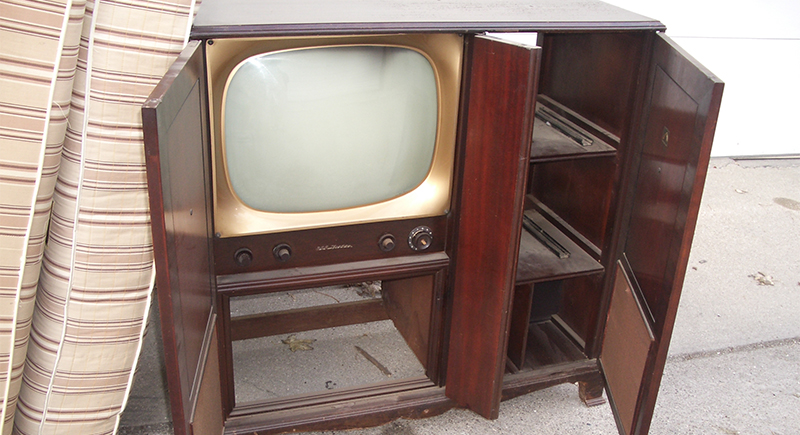
TVs were big, boxy, and awkward, so furniture helped hide them. Large wooden cabinets made TVs blend into living rooms like part of the décor. Modern designs come with wall mount options and sleek stands that have replaced bulky furniture.